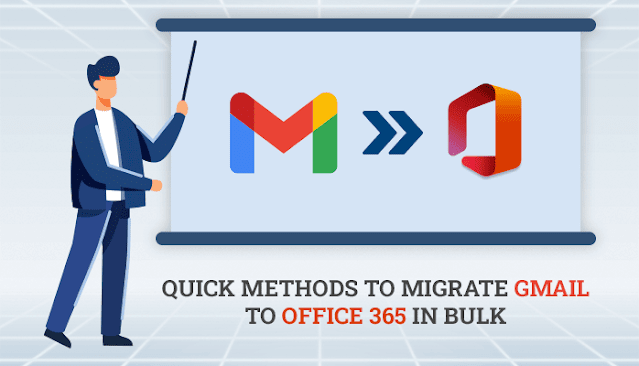The Advantages Of Recyclable Boxes Cannot Be Denied
To understand the need for bio-degradable materials, one must have enough knowledge as to which materials are advantageous for nature and which have lethal effects on the environment. It is critical to understand what your consumers do with the package. Is it recycled or repurposed? Or would people merely throw it in the trash?
These days, conservation in manufacturing is a must. It not only reduces trash but also encourages and facilitates recycling among customers. Most packing materials can be recycled, but some cannot.
Which Kind Of Box Is Recyclable?
Boxes that have gummed paper tape on them are fully recyclable. Because all of the pieces are made of paper, they are easy to recycle. This comprises all variations of boxes, such as those that are engraved or fortified. If you wish to transport items in plastic-free wrapping, containers with masking tape are the finest solution.
Poly mailers and other printed boxes that have details embossed on them are also ecological. They can be re-used as well.
Paper boxes are also called Recyclable Boxes because plastic and paper cannot be recycled together anymore. Therefore, whether you bring a package to a material recycling facility, the plastic tapes will be separated and discarded.
Whenever the paper boxes arrive at the recycling plant, the staff will place them in a heated mixture. This is when the paper converts to fluff and the polymers float to the top. They thoroughly separate the plastics and discard them. They are not going to recycle this plastic.
Cushioned Plastic Mailers Are Hard To Re-Use
The situation with cushioned mailers is rather different. When the envelope and padding are constructed of different materials, recycling padded mailers becomes complicated. Recycling is feasible whether it is an envelope having clear plastic cushioning or a sheet envelope with paper padding.
A mailer with plastic cushioning, on the other hand, cannot be recycled directly. If you can separate the cushioning from the envelope, you may simply recycle them as distinct materials. That again is a lengthy process. Bubble wraps are not recyclable either in some of the countries, it varies if the country allows its re-use then they can be recycled.
Most Effortlessly Recycled Material Is the Crumbled Paper Void Fillers
Ruffle paper is compostable, however, it has a lower monetary value. They are not suited for the production of huge paper goods since they have already been shredded into fine fragments. Crinkle paper is treated very differently at most recycling centers. Crinkle paper is typically recycled alongside other types of paper by recycling plants.
Pros of Recycling In Our Daily Life
Recycling, in a broad sense, is part of a resource-efficiency code — the use of items to their greatest potential. Natural resources and energy are preserved when recycled materials, rather than raw materials, are utilized to manufacture a new product.
This is due to the fact that recycled materials have already been purified and processed once; the second production process is cleaner and less energy-intensive than the first.
Funds in recyclables gathering help to sustain a robust and varied recycling manufacturing base, which provides employment and high incomes to states and municipalities. The first - and most important - step in a network of economic activity is the collecting of recyclables.
Local collection infrastructure investment delivers huge benefits in terms of enabling considerable secondary recycling economic activity. Notably, most of these recycling firms rely on a regular supply of sustainable plastic provided by recycling programmers.
The Most Frequently Used Re-Cycle Able Material
Cardboard is among the most regularly used material among other recyclable boxes. Cardboard is a good material for recycling since it is composed of paper which itself is made from natural wood pulp.
The two most prevalent types of cardboard are corrugated cardboard and grey paperboard, which are used for paper boxes and packing material. Many different forms of cardboard, such as boxes, tubes, and plates, maybe reused and so utilized and transformed.
Furthermore, cardboard that has been polluted with grease or oil, such as a cereal box, cannot be recycled.
A Step-By-Step Breakdown Illustrating the Essential Process of Recycling
The collection is the very first stage in the reuse of recyclable boxes. The next step is the collection of the materials and transporting them to the recycling facility. Then comes the Sorting, after that, the components are split into different sorts of cardboard.
This is significant since not all recyclable boxes are the same. Various varieties are created with different materials and go through different procedures and some kinds can be recycled into specific items. Then there is Shredding, the paper is crushed into tiny chunks once it has been sorted.
To cushion the cardboard, the shredded components are pulped and combined, and steeped in water to soften them. Any extraneous components mixed in with cardboard were sifted and eliminated. The components are then re-mixed with water to get the proper viscosity for their new application. Different enzymes are sometimes added to increase the material’s particular properties.
At this stage, the cardboard normally retains a lot of water, so it is rolled and pushed to force it out. After that, the pieces are trimmed to size, laminated to form thicker cardboard, and split into bundles and sheets for transportation.


